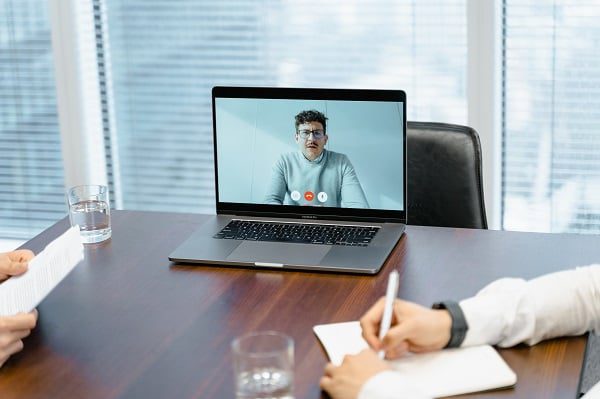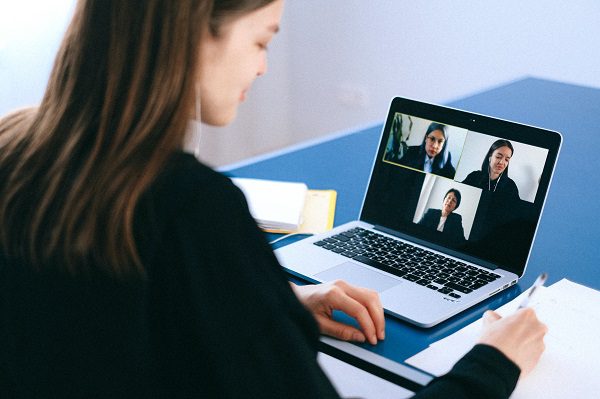There is little room for guesswork in the development process when it comes to product development. A few wrong guesses can cause massive losses, costing far more to fix than if you were developing a whole new feature or product.
To avert any guesses and proceed on the path that will lead to user satisfaction (whether with the user experience (UX), user interface (UI), or usefulness of your product), user interviews and research are a great way to get into the minds of your users. User interviews are not only an excellent way to get feedback.
But also a way to discover new ideas, confirm your thoughts and form a more profound and intimate connection with the very people who use your product. If you want to make a better product, UX research is the way; and user interviews are the way to get your data.
What Are User Interviews?

User interviews are part of the user research process where the UX research team talks to (interviews) current users, potential users, or an interest group of people as a way of coming up with ideas for a new product or feature and in the case of an existing product, to improve it.
Researchers follow a highly structured method when conducting user interviews with high-level planning, from getting expectations from stakeholders to set goals and objectives to screen users, interview questions, and finally, user interviews analysis. Like any other research, UX research has to be meticulously planned and designed if the research is successful and gives the team the best insights into the product development process.
User interviews are widely used in the product management sphere as a reliable way to get direct feedback from users, their opinions and feelings about your product and various related topics. In terms of topics, user interviews can go as broad and deep as necessary. Both will give you a better perspective and inform your product development.
A typical topic user interviewers love to talk about is users’ daily motivations, feelings, and routines. The conversation typically focuses on how they get things done and why they choose the various ways that they get things done. User interviews are more in the qualitative research field than quantitative. That means user experience researchers could draw out the scope covered, but each session will be different, and you may find your head spinning at the vast amount of data collected and the dense transcripts you receive on your tl;dv dashboard.
User interviews are commonly conducted virtually to save time, reduce costs, and get quality responses, but user interviews could also be conducted in person. Zoom and Google Meet are great tools for conducting virtual interviews. It is recommended that you record all user interview sessions. Use tl;dv to record and automatically transcribe all of your interviews. These execution techniques, tools to be used, and analysis methods are planned beforehand. It is essential that planning is done to avoid making mistakes and coming up with results that are not useful or, worst, not usable at all. Through ongoing data analysis, you can spot problems in your process, questions, and modes of questioning and adjust accordingly even before completing the entire research.
User interviews are perfect for product development, but they should be conducted several times before a product goes to market. For example, interviews can be conducted at the ideation stage, the second one to decide the features, and when the product is about to hit the market, usability testing should be conducted. At its core, user interviews involve simply getting the right people to talk to, the right questions asked the right way, and then analyzing the data obtained for patterns, stories, and actionable insights.
What Is The Difference Between A User Interview And A Usability Test?

The user interview is a qualitative research method used to generate insights into user motivation, behavior, and attitudes. User interviews are conducted with people who might or might not be using your product. They are used to generate insights that will be used to inform the design of a new product or feature.
A usability test is a quantitative research method used to measure how easy it is for users to use a product or feature. Usability tests are conducted with people who are using your product. They are used to identify issues with the user experience of a product or feature.
Both user interviews and usability tests are important methods for conducting user research. However, they serve different purposes and should be used at different stages in the product development process.
Why Are User Interviews Important?

User interviews are a great way to discover what your users or potential users truly think and feel about your product. Such insights are invaluable when you are creating something because the last thing you want is to create something that no one needs and no one knows how to use.
Due to the insights gained from user interviews, it is necessary to have such sessions at the discovery stage of your product development. Armed with valuable data and insights, you can discern the exact problems you are solving, how to solve them and how to position the product for users to adopt it. In the beginning, when you were beaming with ideas and energized to solve a problem, you might think you know it all and don’t need to hear from any other person.
But that would be like shooting yourself in the foot. It is much better to be sure and get insights from the very people who will be using the product. Interviews can further refine your product, help you realize new use cases, associated problems, and more. These new ideas will give your first release a much better boost and make it richer than it would have been if you decided to stick with your own ideas. Also, user interviews are a way to connect and communicate with users. Through user interviews, you make your users feel listened to, and then they would be much more likely to take your product seriously because they feel like they have contributed to the creation of your product.
Types of User Interviews

Generative Interviews
Interviews of this nature can be described as the most popular kind of user interview. They are the most effective way of answering the query “what don’t I know?”.
Similar to other generative or discovery techniques, Generative interviews are employed in the early stages of the development and design process when you’re trying to identify opportunities and new ideas.
These are discussions that are structured. They are designed to gather the information you require to answer specific relevant, specific, and concrete research questions (even if you are at this point, your research objectives are general).
Contextual Interviews
Contextual interviews are an exclusive type of semi-structured interview that gives researchers an insight into the context of usage. The interviews are conducted within the user’s surroundings (in context) and can appear more natural than interviews that are conducted in a laboratory or in a staged virtual environment.
In context-based interviews, Researchers ask participants to answer questions as they work through tasks. For example, this might involve watching a person in their workplace or facilitating a usability test session and asking questions as users interact on a website.
Continuous Interviews
Continuous interviews are conducted every day by putting aside a certain amount of time every week to interact with people. The aim of continuous interviewing is to stay connected to those who matter the most to you, the people who are your clients.
Continuous interviews are particularly important for those who do not maintain regular contact with users. They are also a great way to keep teams in contact with the users during research projects.
The benefit of conducting continuous interviews is that we are reminded every day that our customers are more knowledgeable than we ever could.
Keep in mind that feedback you get from continual interviews may be less unified than feedback received from more targeted research.
Conclusion
If you’re looking to create a product or service that meets your customers’ needs, user interviews are a great way to gain insights. Through user interviews, you can learn about how your product is being used (or not being used), what needs it is meeting (or not meeting), and what could be improved. As a result, conducting user interviews will help you create a better product or service that meets your customers’ needs. So what are you waiting for? Try using tl;dv for free today and see how easy it is to get started with user interviews!














